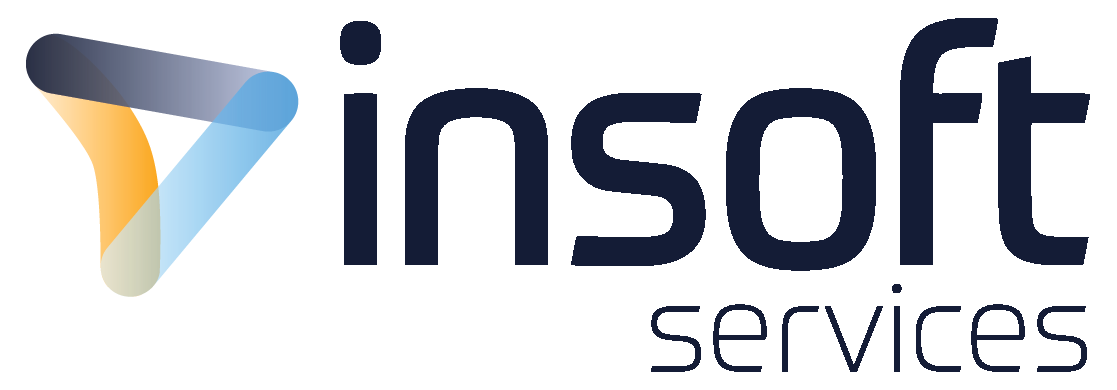In this CSM – Certified Scrum Master® course, you will acquire the skills needed to become a certified ScrumMaster and apply the foundations of Agile to Scrum to help your team work together more efficiently.
Contact Us
We would love to hear from you. Please complete this form to pre-book or request further information about our delivery options.
 Duration
Duration 2 Days
 Delivery
Delivery (Online and onsite)
 Price
PricePrice Upon Request
- Become a Certified ScrumMaster and servant-leader to your development team, Product Owner, and organisation
- Apply effective facilitation for Scrum meetings
- Review effective change agent techniques to foster organisation buy-in to Scrum
- Identify opportunities to remove impediments for team members
Introducing Agile Principles
- Defining Agile values and principles
- Contrasting Waterfall and Agile product-development philosophies
- Confronting the challenges of adopting Agile
- Creating a cross-functional team
Defining the Scrum Framework
Adopting Scrum
- Defining the core Scrum Framework
- Core Scrum team, artefacts and ceremonies
- Adapting traditional business process to Scrum
- Applying core Scrum Values
Scrum Roles, Ceremonies and Artefacts
Introducing the Core Scrum Roles
- Outlining the three roles: ScrumMaster, Product Owner and Development team
- ScrumMaster: performing as a servant leader to the team
- Product Owner: developing the product vision and backlog
- Development team: delivering the product increment
- Defining the Core Scrum Ceremonies
- Refining the Product Backlog
- Holding the Sprint Planning meeting
- Hosting the Daily Scrum
- Leading Sprint Reviews
- Facilitating successful Sprint Retrospectives
Detailing the Core Scrum Artefacts
- Creating the Product Backlog
- Implementing the Sprint Backlog
- Defining the Definition of Done
- Developing potentially shippable product increment
Refining the Product Backlog
Iterating the Product Backlog
- Developing the Product Vision
- Building the Product Backlog
- Continuously refining the Product Backlog
Refining Product Delivery
- Comparing iterative and incremental delivery
- Decomposing Epics into features and stories
- Releasing products with Minimal Marketable Features
Estimating and Prioritising Product Backlog Items
Creating user stories
- Writing user stories with the Connextra format
- Evolving product requirements
- Applying frameworks to focus user stories
- Developing products with progressive elaboration
- Defining appropriate acceptance criteria
- Removing user stories when appropriate
User story estimating
- Sizing user stories
- Estimating effort and business value level through relative measurement
- Comparing and contrasting affinity and planning poker estimation techniques
- Breaking user stories into tasks
Prioritising the Product Backlog
- Ranking product backlog item priority at the release, product and project level
- Utilising prioritisation techniques and frameworks
- Identifying high-priority items for sprint planning
ScrumMaster Responsibilities to the Team
Growing the Scrum team
- Enforcing the Scrum process
- Establishing team working agreements
- Removing Impediments
- Becoming an Agile coach for your team
Ensuring long-term success
- Continuously improving the team
- Reporting appropriate metrics
- Managing and reducing external dependencies
- Adopting best practices for software engineering
- Acting as an Agile champion in your organisation
- Become a Certified ScrumMaster and servant-leader to your development team, Product Owner, and organisation
- Apply effective facilitation for Scrum meetings
- Review effective change agent techniques to foster organisation buy-in to Scrum
- Identify opportunities to remove impediments for team members
Introducing Agile Principles
- Defining Agile values and principles
- Contrasting Waterfall and Agile product-development philosophies
- Confronting the challenges of adopting Agile
- Creating a cross-functional team
Defining the Scrum Framework
Adopting Scrum
- Defining the core Scrum Framework
- Core Scrum team, artefacts and ceremonies
- Adapting traditional business process to Scrum
- Applying core Scrum Values
Scrum Roles, Ceremonies and Artefacts
Introducing the Core Scrum Roles
- Outlining the three roles: ScrumMaster, Product Owner and Development team
- ScrumMaster: performing as a servant leader to the team
- Product Owner: developing the product vision and backlog
- Development team: delivering the product increment
- Defining the Core Scrum Ceremonies
- Refining the Product Backlog
- Holding the Sprint Planning meeting
- Hosting the Daily Scrum
- Leading Sprint Reviews
- Facilitating successful Sprint Retrospectives
Detailing the Core Scrum Artefacts
- Creating the Product Backlog
- Implementing the Sprint Backlog
- Defining the Definition of Done
- Developing potentially shippable product increment
Refining the Product Backlog
Iterating the Product Backlog
- Developing the Product Vision
- Building the Product Backlog
- Continuously refining the Product Backlog
Refining Product Delivery
- Comparing iterative and incremental delivery
- Decomposing Epics into features and stories
- Releasing products with Minimal Marketable Features
Estimating and Prioritising Product Backlog Items
Creating user stories
- Writing user stories with the Connextra format
- Evolving product requirements
- Applying frameworks to focus user stories
- Developing products with progressive elaboration
- Defining appropriate acceptance criteria
- Removing user stories when appropriate
User story estimating
- Sizing user stories
- Estimating effort and business value level through relative measurement
- Comparing and contrasting affinity and planning poker estimation techniques
- Breaking user stories into tasks
Prioritising the Product Backlog
- Ranking product backlog item priority at the release, product and project level
- Utilising prioritisation techniques and frameworks
- Identifying high-priority items for sprint planning
ScrumMaster Responsibilities to the Team
Growing the Scrum team
- Enforcing the Scrum process
- Establishing team working agreements
- Removing Impediments
- Becoming an Agile coach for your team
Ensuring long-term success
- Continuously improving the team
- Reporting appropriate metrics
- Managing and reducing external dependencies
- Adopting best practices for software engineering
- Acting as an Agile champion in your organisation
- ` Date on Request

 Finland
Finland Germany
Germany Denmark
Denmark Sweden
Sweden Italy
Italy Netherlands
Netherlands Norway
Norway 

























